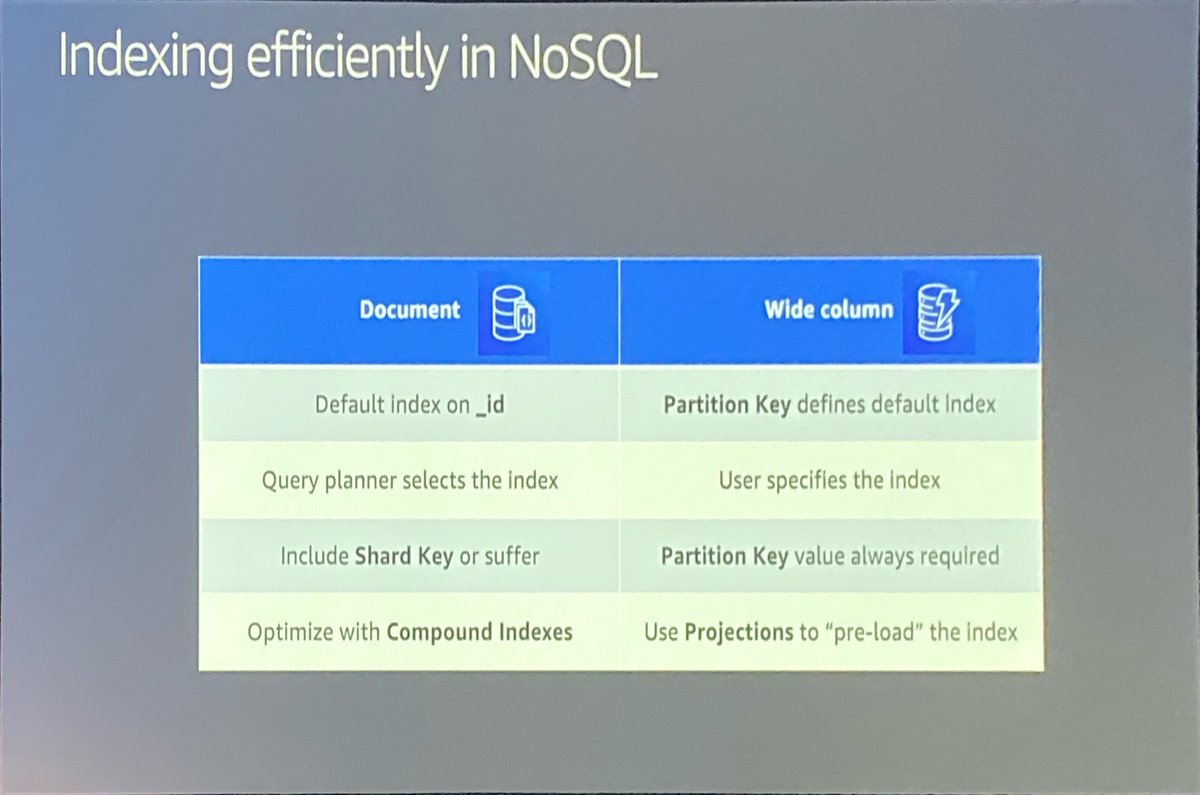
Everyone got so excited about Graviton2 Lambda functions & Step Functions AWS-SDK integration yesterday that you might have missed this one about triggering Lambda functions from SQS queues in *different* accounts. This is important, a short 🧵 #serverless aws.amazon.com/about-aws/what…
Having multiple AWS accounts to handle different parts of your application (from both a lifecycle and service perspective) isn't just good practice, it's also AWS recommended. 👍 2/9
This is because AWS account separation is the best isolation model for security, scalability, regional controls, service limit management, billing 👈, and much more. 3/9
Having a well-defined AWS account separation model/deployment process also gives you the ability to more easily implement isolated PR/feature branch deployments AND (probably most importantly) high-fidelity developer sandboxes to test apps in the cloud! ☁️ 4/9
This utopia, however, has been (and for the most part still is) a difficult thing to achieve. Mostly because IAM is an incredibly complex maze of dragons and minotaurs that can only be navigated by powerful magi like @bjohnso5y, but also... 5/9
...because cross-account capabilities are either really hard, or they aren't supported! The #EventBridge team recognized this and has been kicking a$$ on that front for awhile now. Checkout @sliedigaws's re:Invent talk about some of the patterns. 6/9
This is why announcements like Cross-Account Support for SQS & Lambda are so incredibly important. Following best practices for acct isolation is often a double-edged sword, forcing us to create duplicate resources to handle simple tasks while still shipping data x-account. 7/9
Okay, not as short of a thread as I thought, but these types of features are super important to building modern, distributed applications in the cloud. So thank you @awscloud for continuing to move in this direction. 🙌 8/9
And finally, this account separation model is the best practice that we implemented with @goserverless Serverless Cloud. The best part is we handle all those cross account IAM roles and requirements for you. 😉 9/9 serverless.com/cloud
• • •
Missing some Tweet in this thread? You can try to
force a refresh









